Pōʻalima ʻUlaʻula’s Makahiki o ʻIhikapalaumāewa
Photo by Aaron Veincent
Students dig in during hukihuki. Kamehameha Schools Maui 9th-, 11th- and 12th-grade Warriors gathered at the practice field to compete in Makahiki games throughout Pōʻalima ʻUlaʻula, Oct. 28. Seabury Hall, Molokaʻi High School, and selected KS Scholars also competed in the activities.
Freshmen, juniors, and seniors gathered on the practice field for Pōʻalima ʻUlaʻula to spend a day filled with makahiki competitions against other schools.
Pōʻalima ʻUlaʻula was a part of the hōʻike nui of four seniors: Jasmine “Koko” Casey, Joshua Chang, Dayle “Kaulike” Pescaia, and Kaʻena Wojcieski.
“We started planning towards the ending of junior year. It was just ideas and things like that, but we really started planning towards the beginning of our senior year,” Casey said.
This pōʻalima ʻulaʻula was titled Makahiki o ʻIhikapalaumāewa referring to the annual games being held on Maui. Kamehameha welcomed participants from Seabury Hall, Molokaʻi High School, and KS Scholars to the competition.
“It was a really different experience for my students being the outsiders coming into someone else’s makahiki. Having to prove themselves in other situations, making the same games pertinent outside of our little contextual Molokaʻi,” said Kumu Kalei Roberts from Molokaʻi High School.
The day began with the schools lining up in an arch to oli. The shape of the students was coincidentally echoed in rainbow behind them as there was light rain in the morning and throughout the day.
A presentation by the Kamehameha haumāna followed in Keōpūolani Hale. The narrated show of oli, and hula portrayed the story of Lono and the origin of the makahiki games.
After the performances, the haumāna were then dispersed into breakout sessions taught by volunteers from the community.
“It’s a great opportunity to get all our haumāna together–great chance to get together as a lāhui and practice events our ancestors did,” said, Kahanu Noa, coordinator with KS Scholars.
Each breakout had hands-on participation that included work with kalo, ʻuala, kapa, kāpala, ʻukulele, mele, hoʻokele waʻa, as well as hula.
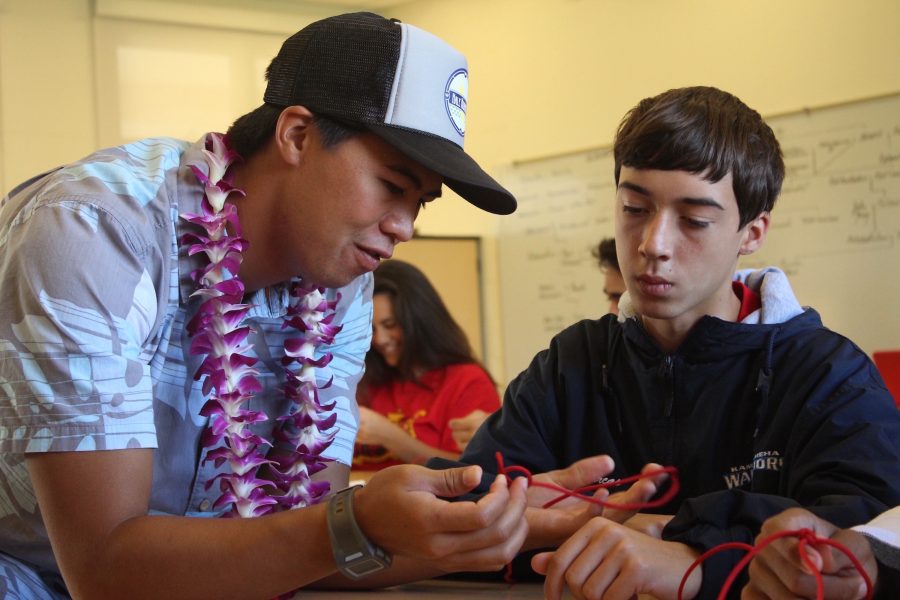
Alumnus Maleko Lorenzo teaches freshman Gabriel Arcas how to tie various knots he uses when voyaging on the Hokuleʻa.
After the breakouts, the haumāna were released to the practice field for the makahiki events.
The events included pāʻani kūkahi (individual games), pāʻani hoʻohui (group games), as well as the ʻano koa competition, an event in which an individual takes on all 10 land pāʻani kūkahi against other school representatives. The single male and female who do the best is crowned ʻano koa.
Pāʻani kūkahi consisted of ʻōʻō ihe (spear throwing), ʻulu maika (stone rolling), moa paheʻe (dart sliding), kōnane (checkers), pōhaku hoʻoikaika (stone throwing), pā uma (standing arm wrestling), uma (arm wrestling), hākā moa (chicken fighting), lele pahū (biggest splash), heihei wāwae (100-meter sprint), and kūkini (400-meter dash).
Pāʻani hoʻohui included co-ed pāʻani of hoʻoili pōhaku (5 person 400-meter relay), ʻauʻau kāwili (6-person 150-meter swimming race), and pāʻumeʻume/hukihuki (tug of war).
Participants to represent Kamehameha Schools Maui were chosen by the organizers based on which haumāna had more experience in an event.
In total, there was four KSM haumāna in each event; two girls and two boys. While other schools were represented by 1-3 haumāna.
Makahiki began with the land pāʻani kūkahi, all occurring simultaneously but at different places around the practice field.
After pāʻani kūkahi, the crowd moved to the Piʻilani Aquatic Center to watch the water events. Meanwhile, ʻano koa caught up with pāʻani kūkahi events on the practice field.
“The crowd and everyone cheering pushed me through,” Seabury ʻano koa Taysia Pimentel said.
Followed by that was lunch and live entertainment that included Pescaia and his colleagues, as well as a couple of songs from the Molokaʻi ʻohana.
After haumāna finished their meaʻai, mele, and hula, the games were back on to finish the running portion of the pāʻani kūkahi, as well as the rest of the pāʻani hoʻohui.
The remaining events began with the heihei wāwae, then went into the kūkini, hoʻoili pōhaku, and then the pāʻumeʻume/hukihuki.
“It was a great competition and really fun,” KSM ʻano koa Quinn Hottendorf said, along with many others who strongly agreed.
Once the winners were declared awards were given for those who won individual or group events. The award was a round medal containing a manu symbol and a certificate.
The day drew to an end on the highly anticipated announcement for the ʻano koa winners, Pimentel and Hottendorf.
“Overall I think every haumāna went home with new ʻike, with a great experience. They had fun, and I think overall it was a success,” senior Koko Casey said.

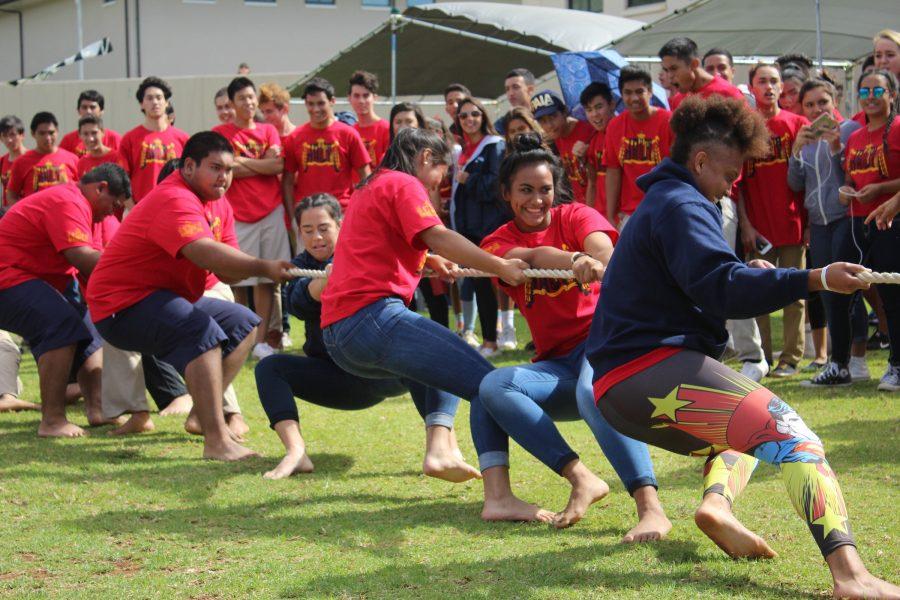
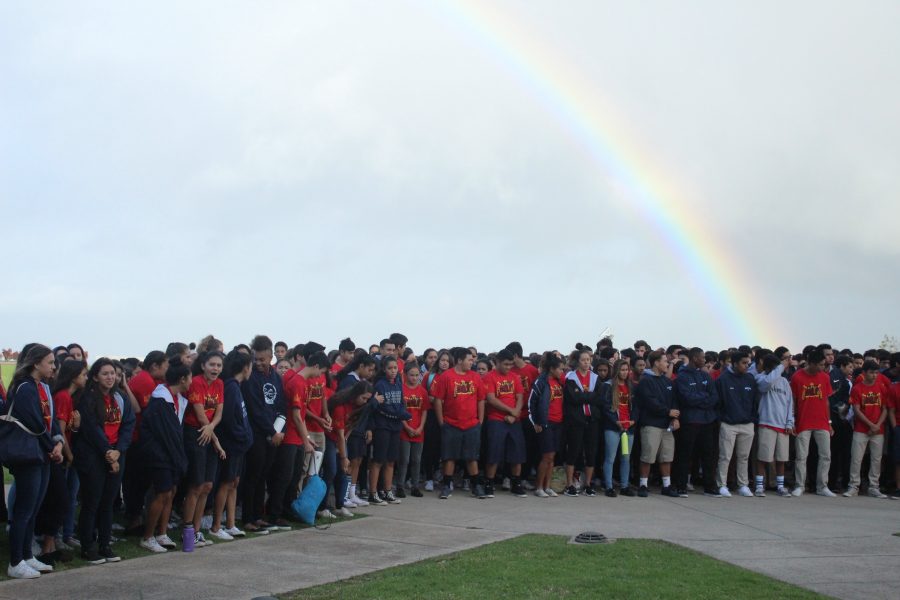
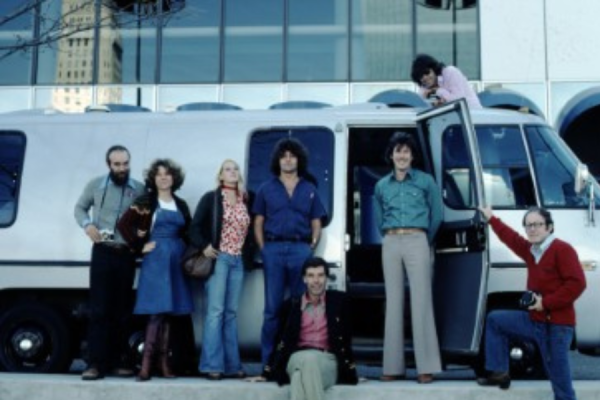


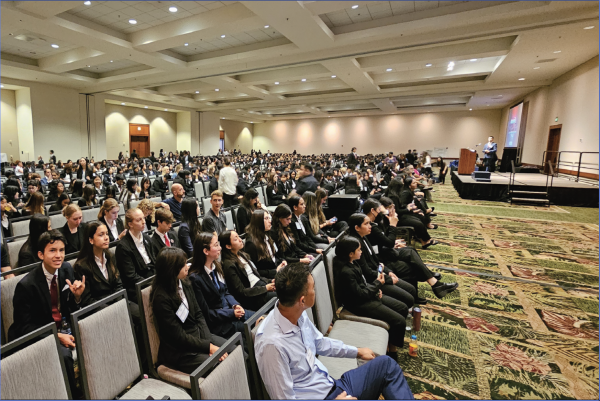
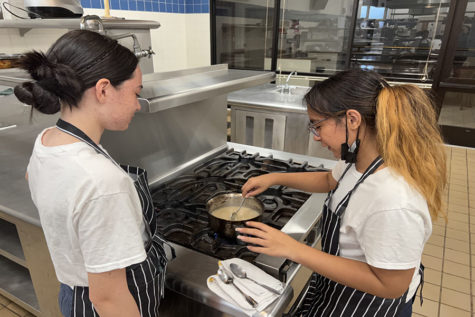
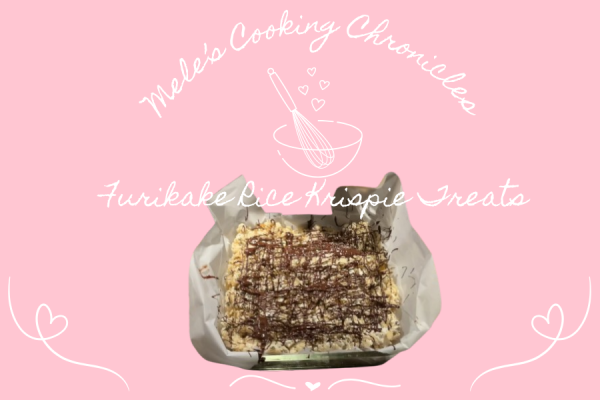
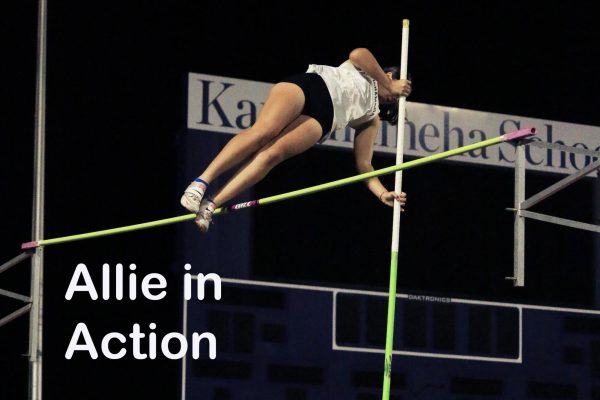

Kapulani Antonio • Oct 31, 2016 at 10:09 am
Hoʻomaikaʻi iā ʻoukou, e Kaʻena, Koko, Josh a me Kaulike. Ua maikaʻi kā ʻoukou hana i ka hoʻolālā aku i ka poʻalima ʻulaʻula o keia makahiki nei! Maikaʻi hoʻi ke kono ʻana aku i nā kula ʻokoʻa e komo pū. I loko nō o nā hihia liʻiliʻi, ua holopono nō nā mea a pau. Mahalo!